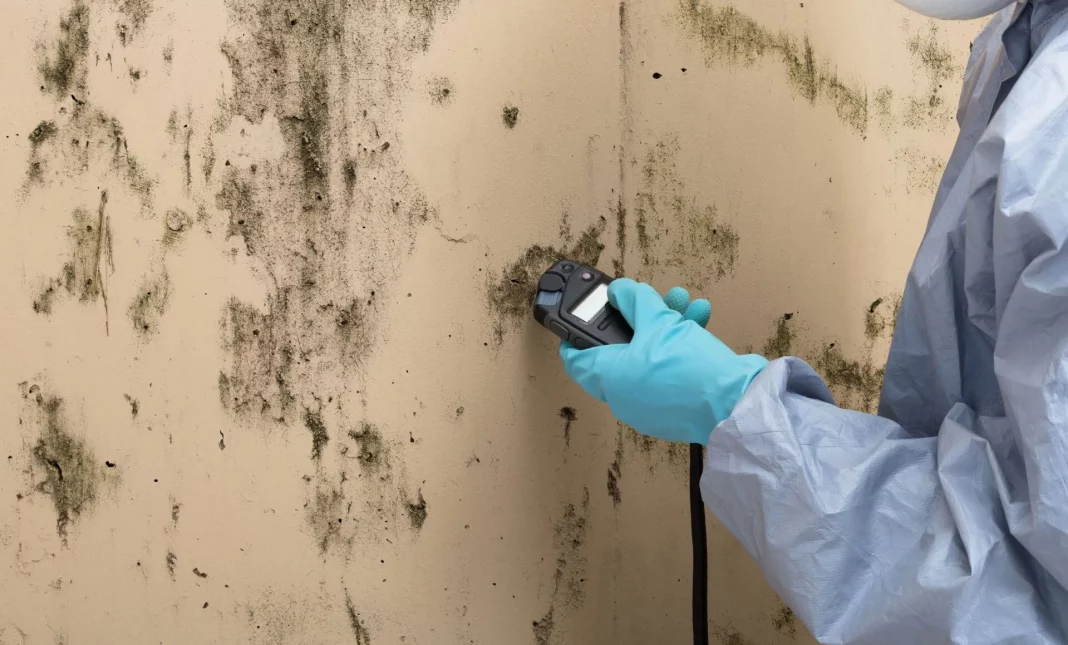Mold inspection is a crucial step in maintaining indoor air quality, preventing health issues, and safeguarding property integrity. Mold, a type of fungus, can thrive in damp and humid environments, posing risks to both human health and structural integrity. This article explores the importance of mold inspection, the procedures involved, and effective remediation strategies.
Importance of Mold Inspection:
- Early Detection:
- Mold inspection helps identify mold growth in its early stages, preventing extensive damage to property and potential health hazards.
- Health and Safety:
- Regular inspections contribute to a healthy indoor environment by identifying and addressing conditions conducive to mold growth, reducing the risk of respiratory issues and allergies.
- Property Value Preservation:
- Proactive mold inspections are essential for maintaining property values, especially during real estate transactions. They provide potential buyers with a clear picture of the property’s condition.
- Legal Compliance:
- In certain states and jurisdictions, property owners are required to disclose information about mold issues. Regular inspections help ensure compliance with regulations and standards.
Procedures for Mold Inspection:
- Visual Inspection:
- A thorough visual examination of the property is conducted to identify visible mold growth, water damage, and areas prone to moisture accumulation.
- Moisture Measurement:
- Utilizing moisture meters and hygrometers, inspectors assess humidity levels and detect moisture in building materials, identifying potential mold growth areas.
- Air Sampling:
- Air samples are collected using spore traps or impactors to measure the concentration of mold spores in the air. This helps identify hidden mold and assess indoor air quality.
- Surface Sampling:
- Swab or tape samples are collected from surfaces suspected of mold growth. These samples are sent to a laboratory for analysis, revealing the types and concentrations of mold present.
- Infrared Thermography:
- Infrared cameras detect temperature variations, highlighting areas with potential moisture issues. This aids in locating hidden mold behind walls or ceilings.
Benefits of Professional Mold Inspection:
- Expertise and Experience:
- Certified mold inspectors possess the knowledge and experience to identify mold species, assess risk levels, and recommend appropriate remediation measures.
- Comprehensive Assessment:
- Professionals conduct a thorough inspection, considering all potential sources of moisture and identifying hidden mold that may go unnoticed during a DIY inspection.
- Accurate Sampling and Analysis:
- Professional mold inspectors use specialized equipment for precise air and surface sampling. Laboratory analysis provides accurate information about the types and concentrations of mold present.
Remediation Strategies:
- Source Removal:
- Eliminate the source of moisture to prevent mold growth. This may involve repairing leaks, improving ventilation, or addressing drainage issues.
- Cleaning and Disinfection:
- Remove mold from surfaces using appropriate cleaning agents and techniques. Disinfect affected areas to inhibit future growth.
- Dehumidification:
- Use dehumidifiers to maintain indoor humidity levels below 60%, creating an environment inhospitable to mold.
- Sealing and Encapsulation:
- Seal porous surfaces to prevent mold spores from penetrating and encapsulate areas with persistent moisture issues.
Conclusion:
Mold inspection is an integral part of maintaining a healthy indoor environment and protecting property values. By conducting thorough inspections, identifying potential mold growth areas, and implementing effective remediation strategies, individuals can ensure the well-being of occupants and the longevity of the property. Professional mold inspectors play a crucial role in providing expertise, accurate analysis, and comprehensive assessments, contributing to the overall success of mold prevention and remediation efforts. Regular inspections, coupled with proactive measures, contribute to a mold-free and safe living or working space.










